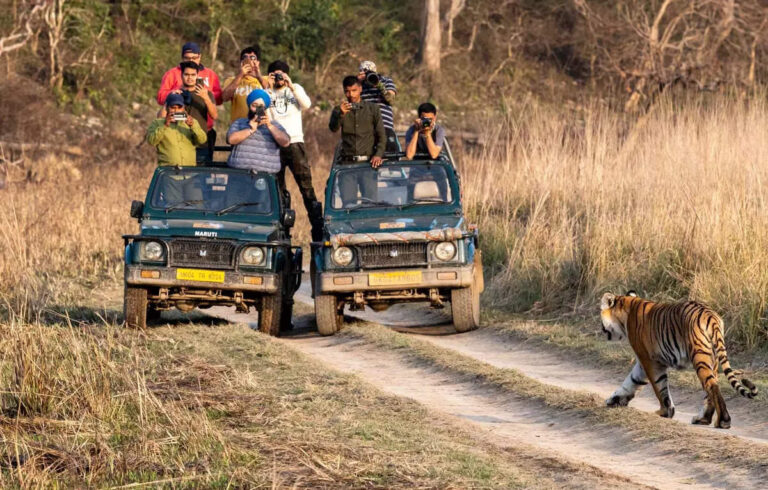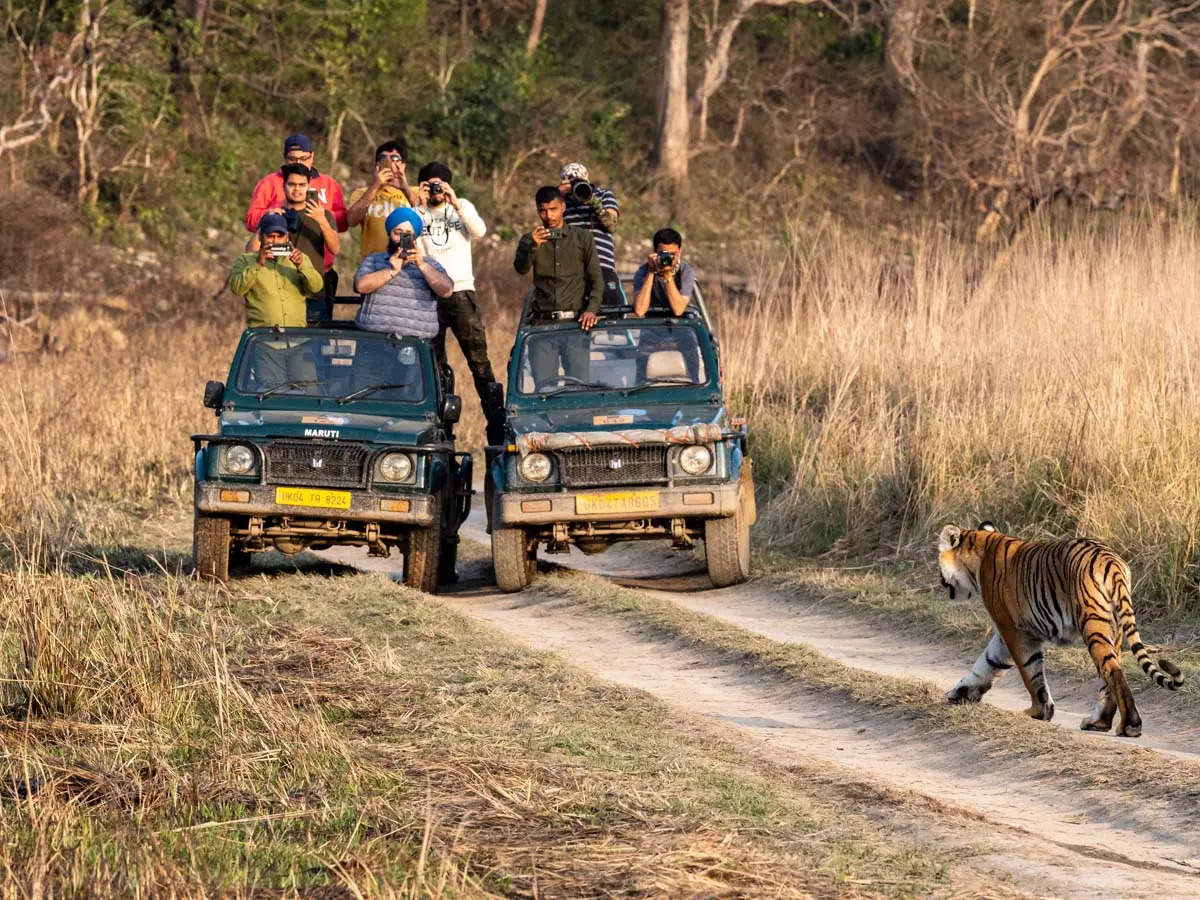
[ad_1]

The Supreme Court took a significant step on Wednesday by prohibiting tiger safaris within the core areas of the Jim Corbett National Park, while also admonishing the Uttarakhand government for its involvement in unauthorised construction and tree felling activities within the region. This decision is anticipated to have repercussions on tourism and associated industries in the vicinity.However, the apex court granted permission for the establishment of tiger safaris in the peripheral and buffer zones of the Jim Corbett reserve, subject to certain conditions. Additionally, the court announced the formation of a committee to explore the feasibility of allowing tiger safaris in buffer or fringe regions of national parks across the country.
This ruling underscores the Supreme Court’s commitment to maintaining a delicate equilibrium between fostering tourism and safeguarding sensitive ecosystems. Moreover, the court directed the central government to form a committee tasked with devising strategies to mitigate environmental harm and to seek reimbursement from those accountable for the damage.
In its observations, the court emphasised the adverse consequences of introducing a tiger safari in the core area, highlighting its violation of tiger conservation regulations. While acknowledging the potential employment opportunities associated with safari tours in the buffer zone, the court stressed the importance of adhering to established guidelines.
The Supreme Court also rebuked the government over the unprecedented deforestation and environmental degradation in the tiger reserve, remarking that it had disregarded the public trust doctrine.
Furthermore, the apex court demanded a status report on illegal construction and tree felling in Corbett within three months, underscoring the significance of wildlife conservation as outlined in the national wildlife conservation plan.Earlier this year, the Supreme Court had dismissed the proposal by the National Tiger Conservation Authority (NTCA) to establish a tiger safari within national parks, advocating for an “animal-centric” approach over a “tourism-centric” one. Expressing skepticism, the bench questioned the rationale behind constructing zoos within wildlife sanctuaries, suggesting that such facilities could disrupt the natural movement of animals and spread diseases among them.
Presently, the Jim Corbett Reserve spans over 1,288.31 square kilometers, encompassing both core and buffer zones. It comprises six buffer zones, including Bijrani, Jhirna, Dhela, Dhikala, Durga, and Sitabani, which are integral to wildlife safaris.
According to the latest tiger census report, there are 260 tigers within the Corbett Tiger Reserve (CTR) and 229 outside the reserve. Local communities rely on tourism as a primary source of income, drawing visitors from both nearby areas and distant regions to the Jim Corbett National Park.
Situated in Nainital district of Uttarakhand, this tiger reserve was set up in 1936. It is India’s first National Park named after the environmentalist Jim Corbett. The place is filled with a variety of flora and fauna. One can find around 600 species of birds and some species of amphibians besides tigers.
[ad_2]
Source link


